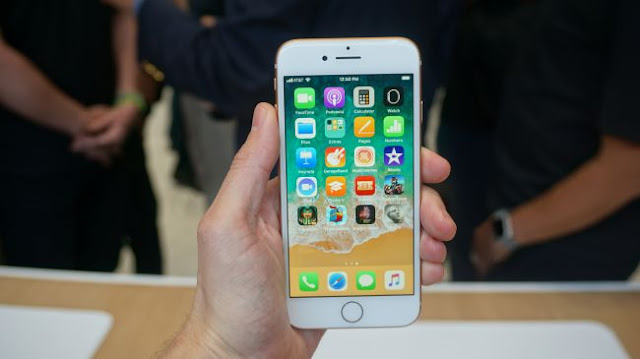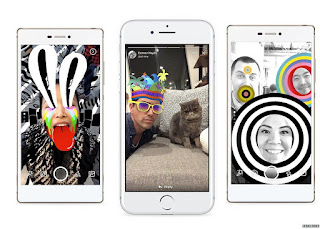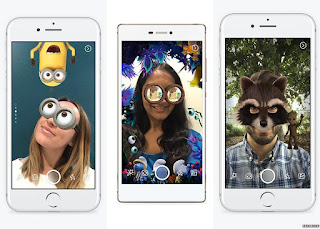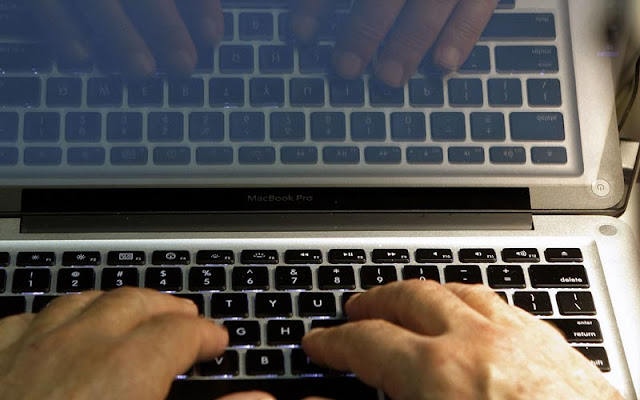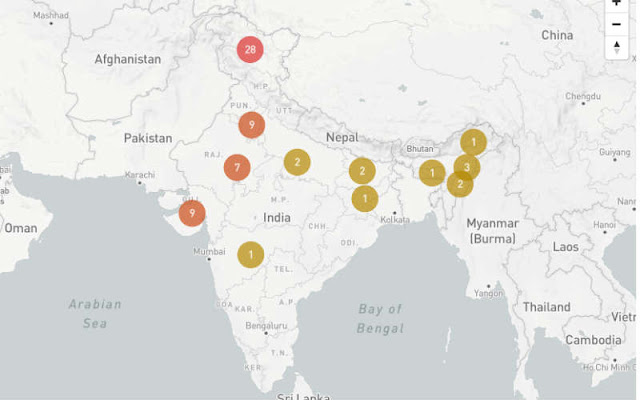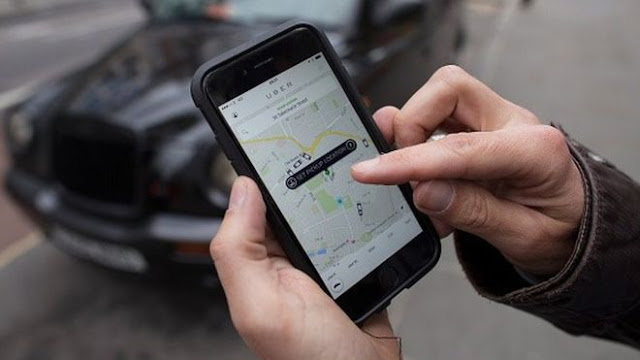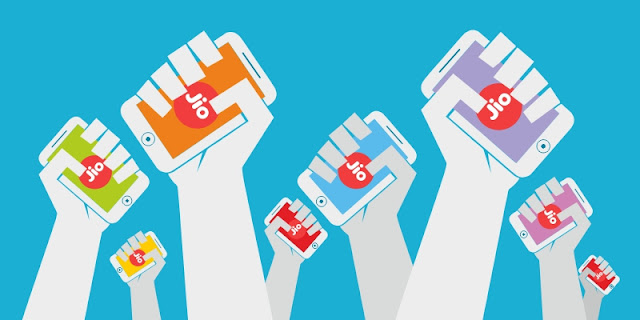Don’t let the iPhone 8 name fool you – this is very much the iPhone 7S, an incremental upgrade on 2016’s 4.7-inch iPhone 7 with a few additions here and there, but nothing to really wow.
The iPhone 8 is an iPhone through and through. If you’ve owned an Apple handset from the iPhone 6 onwards, you’ll pretty much know exactly what you’re getting with this phone.
Android fans and iPhone pessimists will be quick to point out the seemingly minor incremental upgrades over 2016’s iPhone 7, but for those with an iPhone 6S or before that’s less of a problem.
While it may not offer much over its direct predecessor, the iPhone 8 has enough about it to make it an exciting upgrade for those with older iPhone handsets.
There’s extra power under the hood, which powers Apple’s new AR (augmented reality) app push, a tweaked display and camera, a glossy glass rear and the addition of wireless charging – plus, if you’re upgrading from an iPhone older than the iPhone 7, its dust and water-resistant body will be a bonus.
Apple hasn’t reinvented the wheel here – if you’re craving innovation (within the iPhone bubble) see the iPhone X – but for those wanting to maintain the status quo of their mobile life, the iPhone 8 is very much business as usual, just in a slightly nicer suit.
iPhone 8 price and availability
- Launch price (64GB): $699 (£699, AU$1,079)
- Launch price (256GB): $849 (£849, AU$1,329)
- On sale from September 22, 2017
The iPhone 8 sets a new bar in terms of cost for Apple’s most mainstream handset, upping the price tag once again.
The entry-level iPhone 8 will set you back $699 (£699, AU$1,079), which is up from the $649 (£599, AU$1,079) price of the iPhone 7 – however it’s not all bad news, as the iPhone 8 comes with 64GB of storage at this price, while its predecessor could only boast 32GB.
If 64GB of internal storage doesn’t sound like enough for all your photos, videos, apps and games, the iPhone 8 also comes in a rather flash 256GB variant, which costs $849 (£849, AU$1,329).
The good news, though, is that Apple is still selling the iPhone 7 and iPhone 6S, so if its latest iPhone is a little out of your price bracket you can still pick up the phones it’s succeeding, and now at a reduced price.
The iPhone 8 is now widely available around the world too, after its official release on September 22 in a number of countries including the US, US and Australia, with the handset arriving in more locations, including Eastern Europe and the Middle East from September 29.
Design
- Glass rear looks and feels great, and enables wireless charging
- Front still bezel-heavy and almost identical to past three generations
The iPhone 8 marks the most radical change in iPhone design for three years – but don’t get too excited.
One of the big upgrades Apple has given its new iPhone, and the focus of the design, is the glass rear – it’s an upgrade over the aluminium body used since the iPhone 5, and its inclusion means a brand-new feature in the shape of wireless charging.
However, in terms of size, shape and look the iPhone 8 uses the same form factor as the iPhone 7, 6S and 6, and from the front it’s almost impossible to differentiate between the four generations of handsets.
The iPhone 8 is a fraction of a millimeter thicker (7.3mm vs 7.1mm), wider (67.3mm vs 67.1mm) and taller (138.4mm vs 138.3mm) than the iPhone 7, but you won’t notice. The point we’re making is that it’s similar... very, very similar.
It’s heavier too, an extra 10g over the iPhone 7, which may be a little more .
The ‘if it ain’t broke, don’t fix it’ argument can be tossed around here, and Apple certainly hasn’t had any trouble shifting large quantities of its smartphone in recent years; but in a year when Samsung and LG dramatically slashed the bezels to give us striking, futuristic designs, the iPhone 8 falls flat.
It’s not like Apple has missed this trend – the bezeless iPhone X is testament to the fact that it hasn’t – but it means the iPhone 8 and iPhone 8 Plus look ever-more dated against the competition, which now includes a rival in their own camp.
There’s still a camera bump too – this is easily remedied with a case, but for those wanting to show off the new glossy rear of the phone it increases the chance of damage when you place it on a flat surface.
The power/lock key is still easy to hit on the right side of the handset, as is the centralized home button with Touch ID fingerprint scanner located in the bezel below the 4.7-inch display. The mute switch and volume keys reside on the left of the phone, and are again well placed for easy manipulation.
It all works, the design is functional, and it’s not a bad-looking handset – but glance at that price tag and it’s hard not to feel a little short-changed on initial inspection.
A final word on the glass rear too – we prefer the way it looks and feels versus the metal body of the iPhone 7 and co., but it also means it’s even more slippery.
If you’re someone who’s liable to drop their smartphone, the iPhone 8 comes with a high risk warning, so invest in a bumper, as there’s glass to be smashed on both sides now.
Apple says the glass is super-tough, but we’ve found that it does scratch – and if you opt for the Space Grey color it’s also quite the fingerprint magnet. The silver model we reviewed was more forgiving though, which meant less time cleaning it with our shirt sleeve.
Display
- 4.7-inch Retina HD display, same as the iPhone 7
- Apple’s True Tone tech improves colors and contrast
On paper there’s nothing between the iPhone 8 display and the screen on the phone it’s replacing. Both it and the iPhone 7 boast a 4.7-inch IPS display with a 750 x 1334 resolution, giving a 326ppi pixel density.
In fact, it’s the same size and resolution as the iPhone 6, which was launched back in 2014.
While on paper this may seem like the same old story of Apple refusing to be pushed on upping specification, it hasn’t left the display alone completely, adding True Tone display technology to the panel.
What this does is monitor the ambient light around the handset, and calibrate the screen to best suit the lighting conditions you’re in. It results in stronger colors and improved contrast, which does make the display look better than iPhone screens that came before it.
Place True Tone and non-True Tone iPhones side by side and you can see some improvement, but the iPhone 8’s display still doesn’t have quite the same colorful punch, or clarity, as the QHD+ AMOLED display on the Galaxy S8.
The color reproduction is improved as well, with Apple focusing on what actually makes the screen look good rather than pushing the pixels for the sake of the spec sheet... but a boost to Full HD would have made an actual difference to the quality and clarity.
Games and videos look bright and vivid though, and the screen itself is responsive, giving a solid overall experience. It’s hard to knock the screen on its own merits, as it’s only when you put it alongside rivals that it lacks the same clarity.
The fact that the screen is smaller than a lot of flagship rivals also means it’s easier to hold and use one-handed, and we were able to stretch our thumb comfortably to most areas of the screen, which isn’t as easy on the larger iPhone 8 Plus.
Thanks for reading.
like us @ www.fb.com/utechcentral

